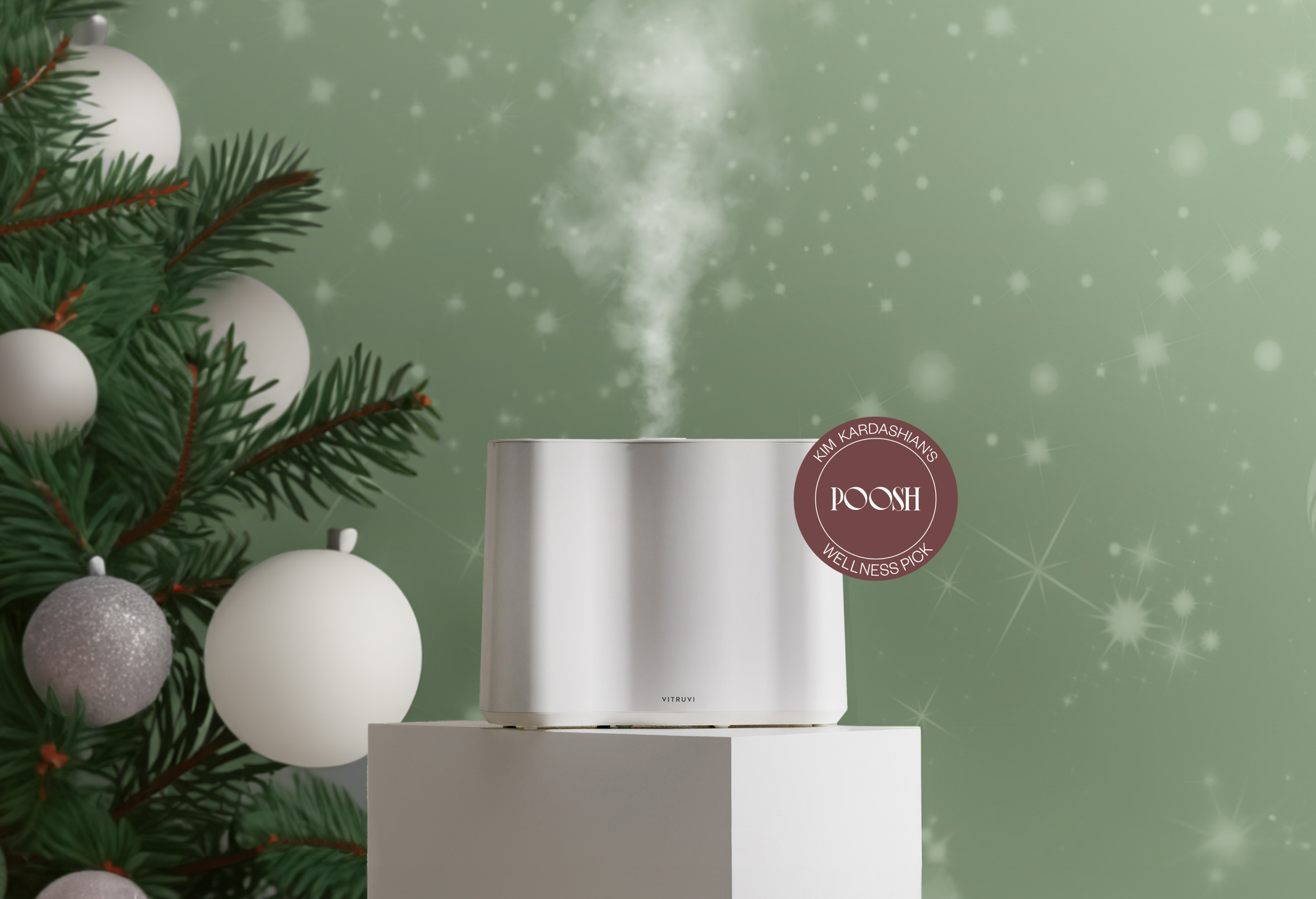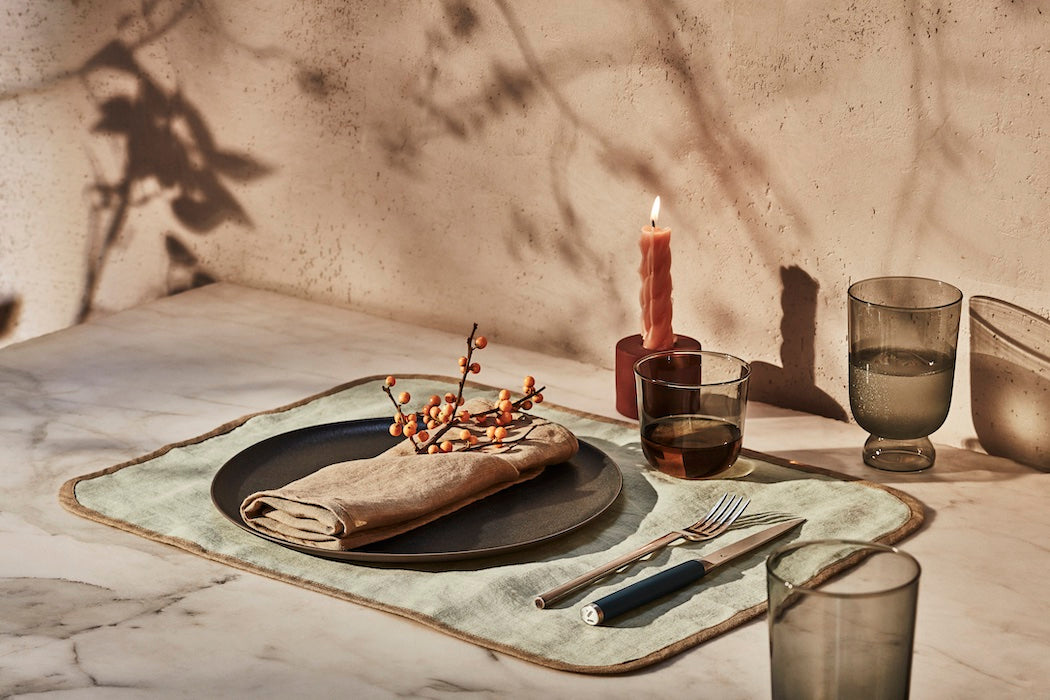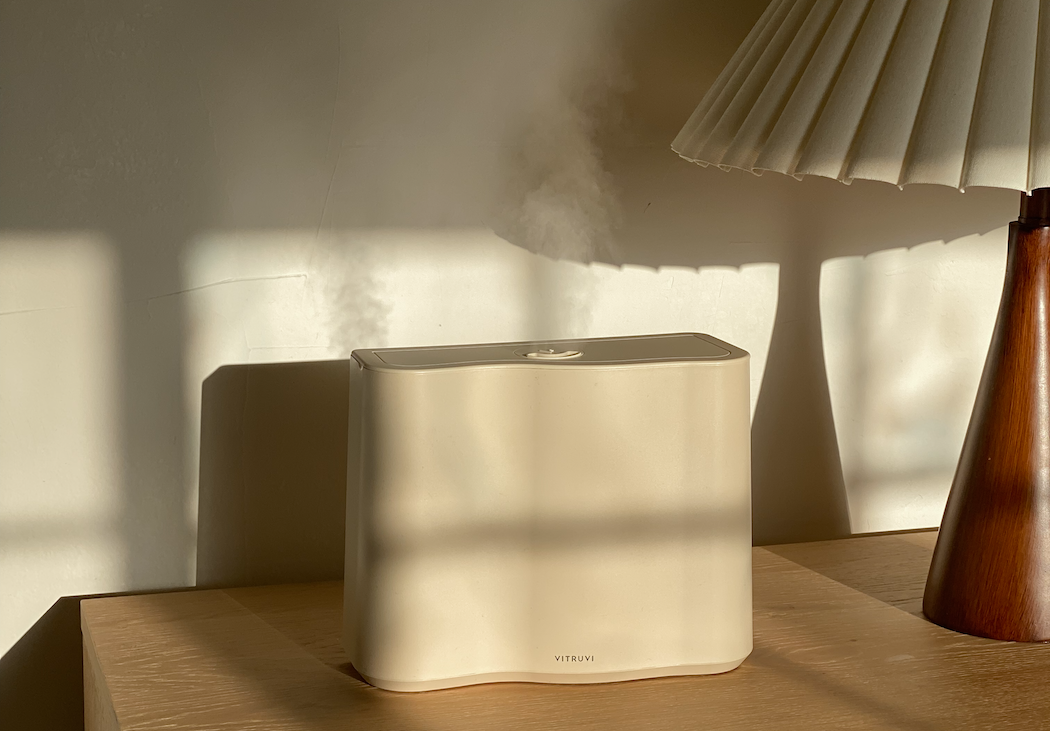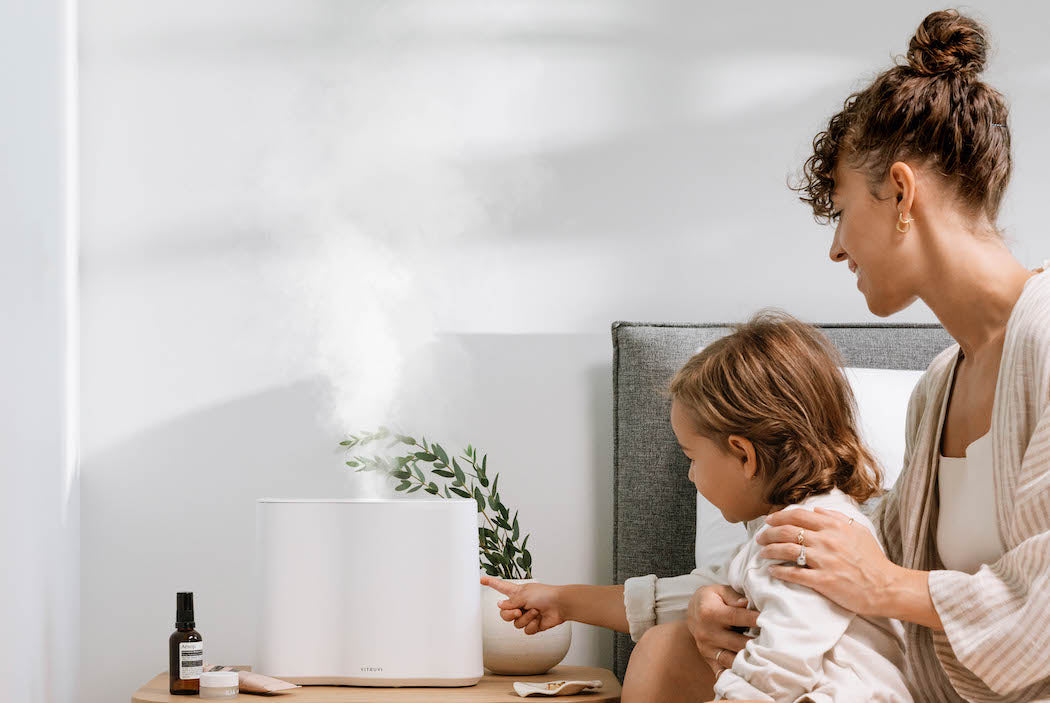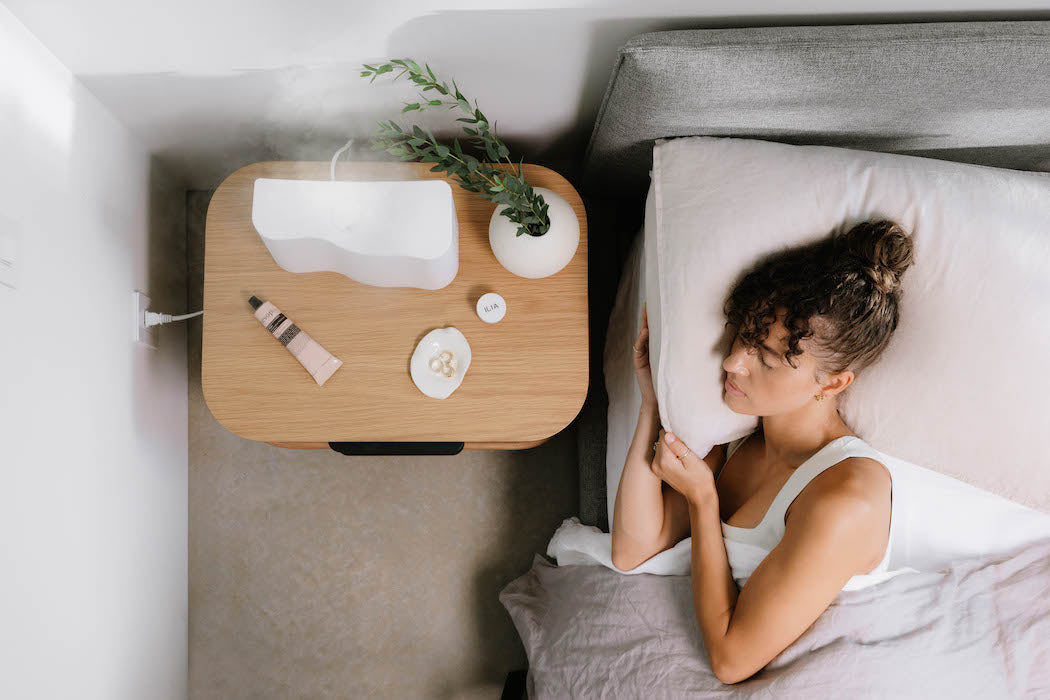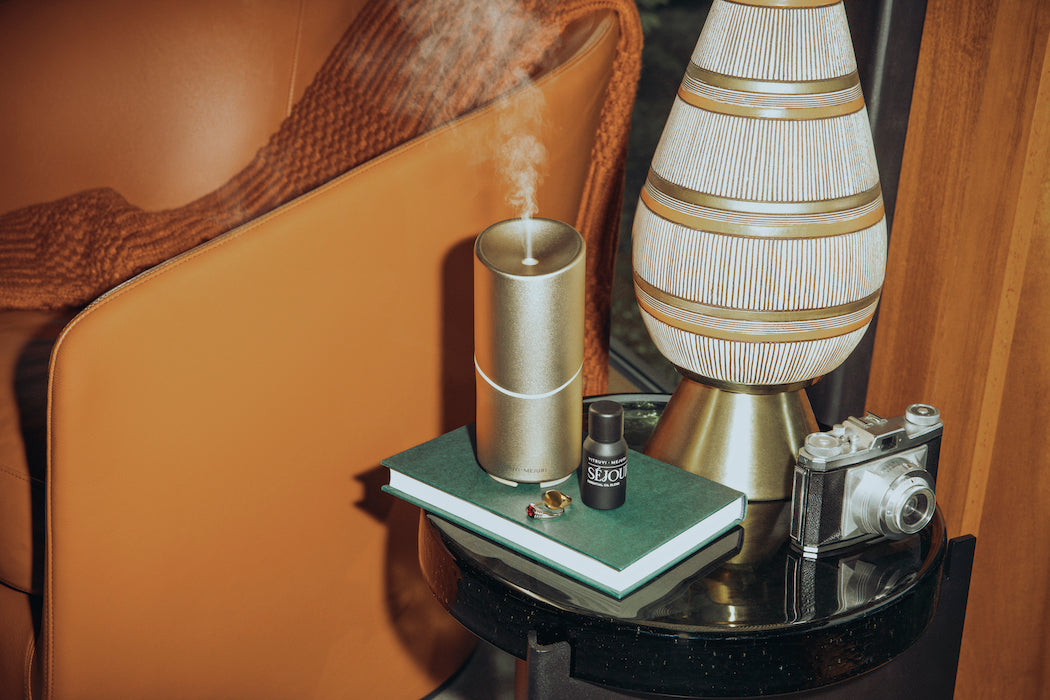It was a lightning bolt out of the blue—a coffee epiphany that led me down a rabbit hole of discovery.
About 15 years ago, I was sitting in a cafe and absentmindedly took the first sip from the cup of coffee in front of me—and wow. I did an immediate double-take because the flavors in my cup jumped out at me, so in my face. It was my first experience with such a bold, prominent taste, and I was floored. Fresh raspberries, pineapple, and pure dark chocolate. How was it possible to achieve these notes in coffee? I had a million questions all at once. Where was this coffee from? Why were the flavors so different from anything I’d ever tasted before? Little did I know that these few sips would be the catalyst for my path toward coffee roasting and my lifelong love for this infinitely complex drink.

Where coffee comes from
The average cup of coffee is made from around 50 beans, each one hand-picked from a coffee plant. These old-world harvesting methods are still in place today because they yield the best results and preserve the lifespan of the crops. Prior to picking the coffee cherries, farmers typically measure the sugar content to confirm perfect ripeness, wanting to ensure the plants they’re producing are at their highest quality. The overall growth and harvest cycle of a coffee farm is a year-round endeavor of maintaining quality and consistency. Strict farming practices need to be followed: bushes must be pruned, soil has to be cared for, and plants providing shade for the coffee also need to be tended.
Coffee is generally grown in the tropics, and harvest seasons have a broad range. Even within individual farms, many coffee lots have different harvest times because of microclimates on a single piece of property. Making sure the coffee is prime for picking is an essential process for farmers who are laser-focused on quality. Once the coffee is picked, it has to be sorted, washed, dried, packaged, and shipped. The farming and production of coffee is something most people often overlook when enjoying their cuppa on a daily basis.
Coffee terroir
One of the more compelling facts about coffee is that we can trace it all the way back to the specific location where it was produced. Many of the flavors we taste are a result of the soil, bush, harvesting, and processing. For example, at Kafka’s—where we roast our own beans—we have a coffee from Guatemala that has an incredible malic acidity (think apricots, peaches, and plums). This is a direct result of the farm’s distinct soil characteristics; coffee from a neighboring farm would taste drastically different because the soil there is unique.

Being in a non-coffee-producing country such as Canada, our connection to the origins of our coffee is through local roasters or baristas. We need to encourage ourselves to engage with them, giving us a fuller understanding of where our coffee comes from and how it tastes. At Kafka’s, we’re squarely focused on the natural flavors instead of roast levels. This helps us understand the origin of the coffee, express the subtle nuances of its terroir, and treat it with the same care the farmers did.
How to make a better cup of coffee at home
When buying coffee to brew at home, it's important to choose beans that are freshly roasted. Purchasing smaller amounts often, rather than large bags seldomly, is key. Talk to your baristas about the coffees and ask how they are different.
Next, invest in a grinder. Freshly-ground coffee makes a huge difference in taste.
Research what you’re drinking. Quality-focused roasters will always be able to tell you the exact location where your coffee was grown. You can easily learn about the farm, its history, and the farmer’s passion; this is an easy and enjoyable way to learn about what you are consuming.

Use water that is off boil. Water that is too hot will scald your coffee, and water that is too cool will not brew properly. Water temperature is crucial to brewing a good cup, so consider getting a kettle that heats water to specific temperatures.
Brewing coffee can be kept simple, but of course, having proper tools will increase the overall quality and consistency. Using a scale to weigh coffee grounds and water will drastically improve the control you have over the brew. That way, you can use specific brewing parameters to achieve the perfect cup. Add a kitchen timer to regular brew time, and your home coffee kit will have the same tools as a world-class cafe.
Lastly, explore. Part of the fun of being a coffee drinker is discovering different beans, roasters, and cafes. There are lots of places that have great coffee—so be curious, ask questions, delve in.


